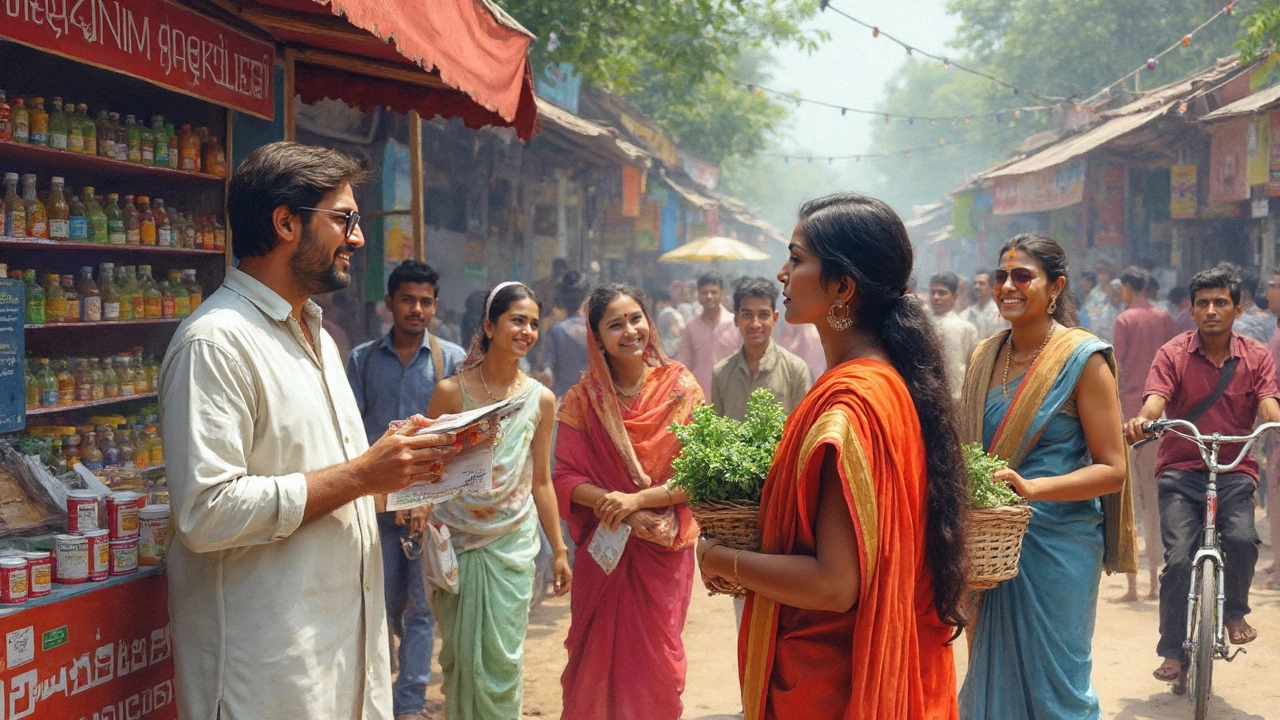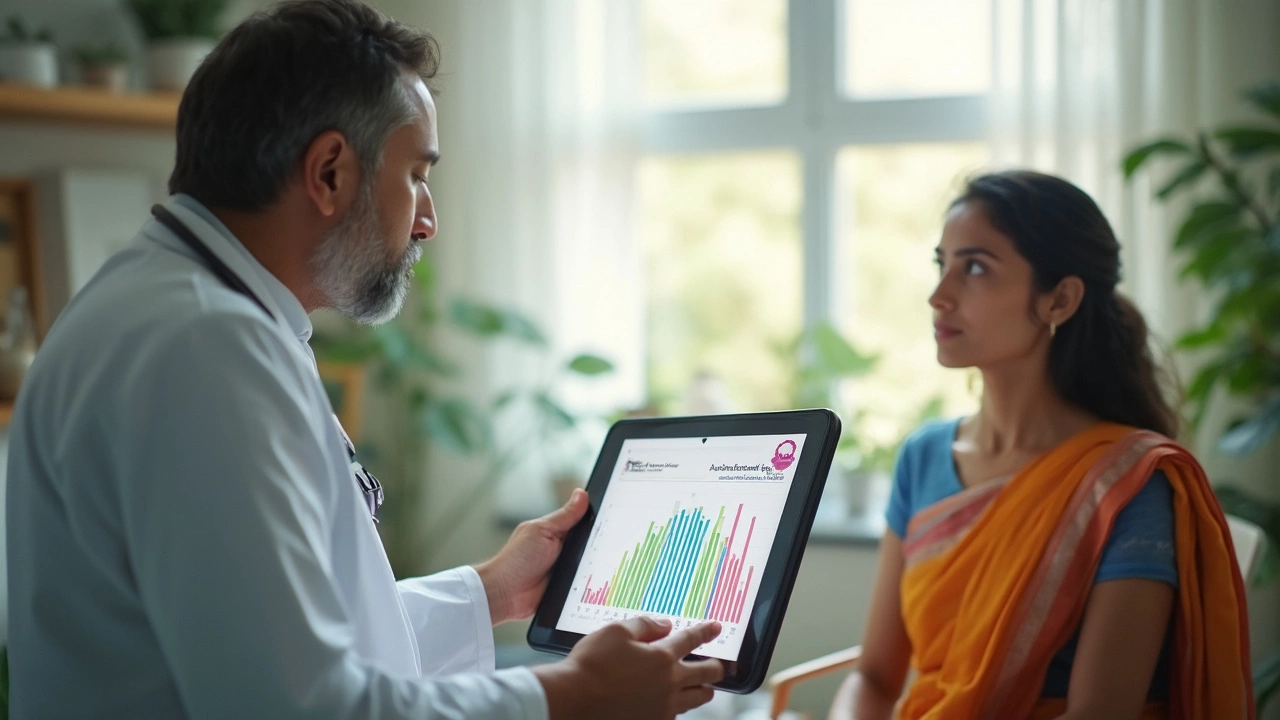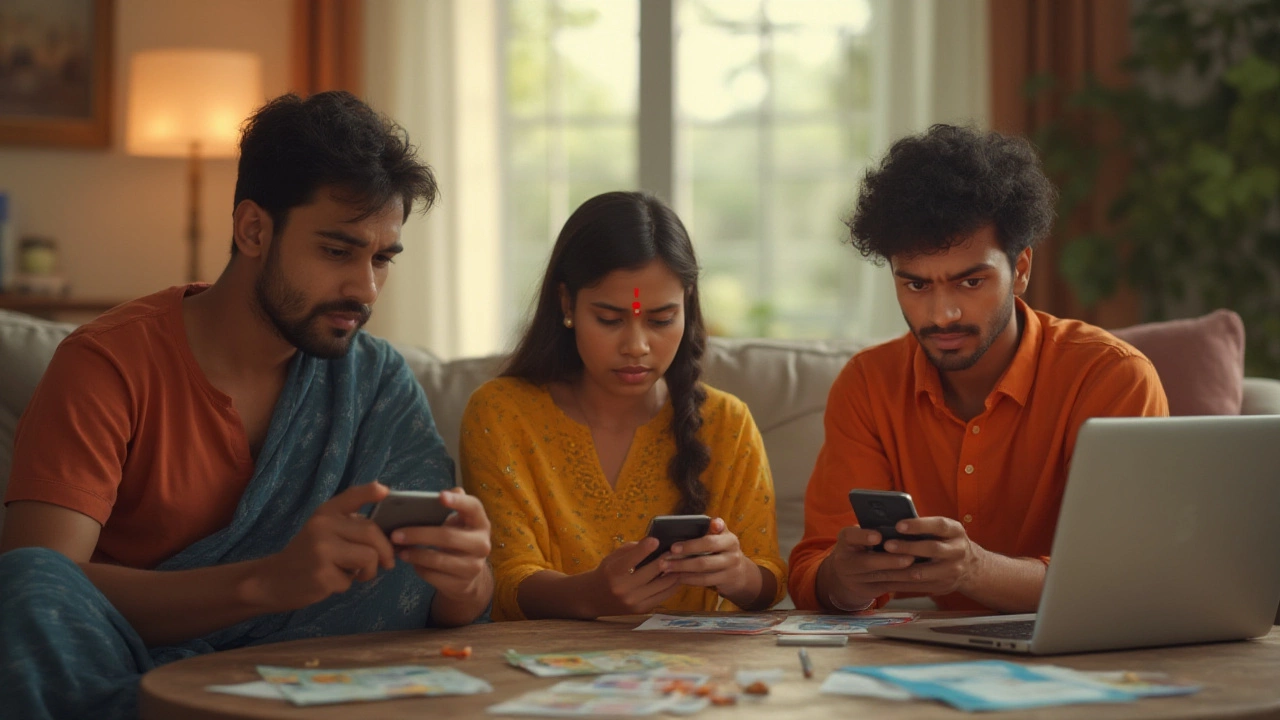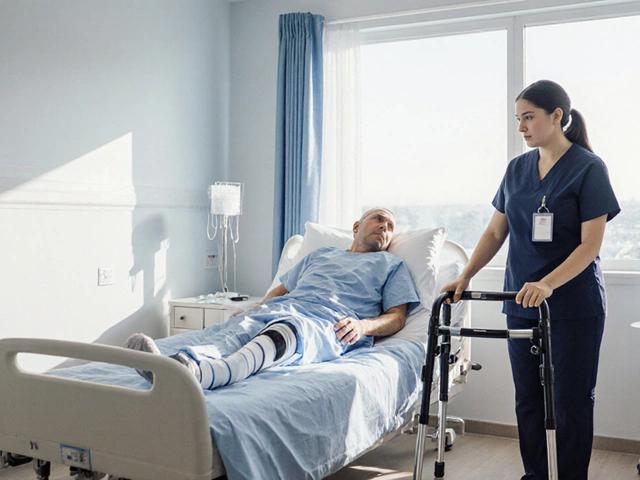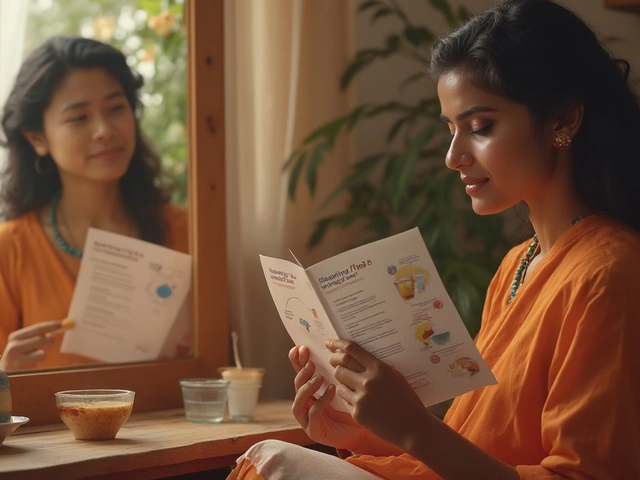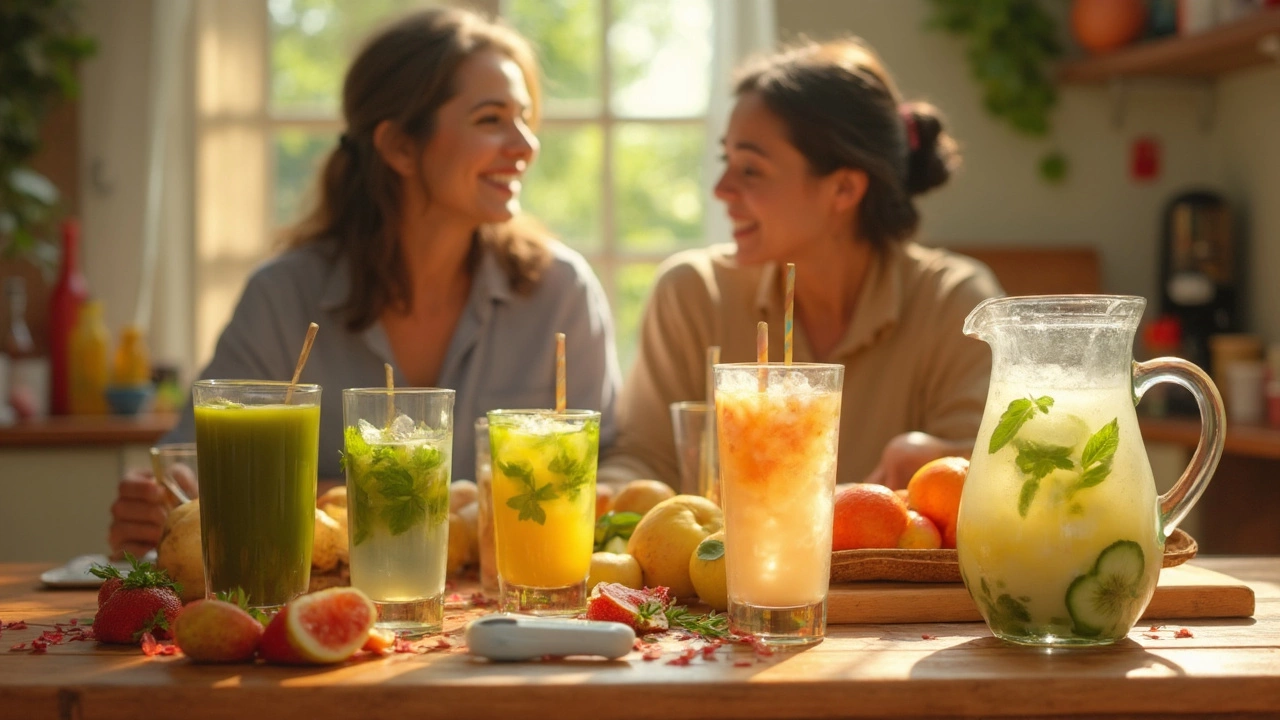
Ever wondered if something as simple as what’s in your glass can nudge your blood sugar down? Most people think of diabetes management as all about food or medicine, but drinks play a real part too. Some are surprisingly helpful—while others, even the ones that sound healthy, can actually mess with your blood sugar. If you’ve ever grabbed a juice or an energy drink, thinking it was a smart pick, you’ve probably felt that frustrating sugar spike later.
Want a quick win? Water’s the classic move—it dilutes sugar in your blood and helps your kidneys flush it out. But that’s just the baseline. Specific drinks like unsweetened green tea or black coffee, when you skip the sugar, have been shown in studies to lower blood sugar a bit. Vinegar water? It’s got a sharp taste, but some folks swear it softens blood sugar hikes after meals (though you have to be careful with it, especially if you’re on the heavier meds).
It's not magic, but the right sip at the right time can make your numbers look better, especially when paired with the rest of your diabetes routine. So, what exactly should you reach for next time you’re thirsty—and what should you dodge? Let’s break down the science, check how these drinks fit with your medication, and cut through the confusion so you don’t accidentally make things worse.
- Why Blood Sugar Spikes Matter
- What the Science Says About Drinks
- Top Drinks That Lower Blood Sugar
- What to Skip: Drinks That Work Against You
- How These Drinks Work with Your Meds
- Everyday Tips for Better Results
Why Blood Sugar Spikes Matter
When your blood sugar shoots up after a meal or drink, it’s not just a quick rush. High blood sugar—called hyperglycemia—puts stress on your organs. Over weeks, months, or years, even mild spikes can do real damage.
Researchers have tracked what happens when blood sugar stays high. People with poorly controlled blood sugar are way more likely to end up with heart disease, nerve problems (like tingling or numb feet), kidney trouble, and even vision loss. Catching these spikes early, and managing them each day, can delay or even prevent these problems.
"The more time your blood sugar spends in the high range, the higher your risk for complications down the road. It’s about stacking the odds in your favor every single day." — Dr. Anne Peters, Keck School of Medicine
Here’s what the numbers really mean for your health:
| Blood Sugar Range (mg/dL) | What It Means | Possible Risks |
|---|---|---|
| Under 140 | Normal after eating | Low |
| 140–199 | Early high (pre-diabetes) | Heart disease risk grows |
| 200 and above | High (hyperglycemia) | Nerve & eye problems build up |
Lots of people get caught off guard when their blood sugar climbs because of something they drank, not ate. Drinks can spike your blood sugar faster than food since you digest them quicker. So being picky about what’s in your cup helps avoid long-term damage and means less stress on your body overall.
Learning what pushes those spikes—and how to control them—is a game-changer if you want to manage blood sugar better. That’s why it’s worth taking a hard look at your drink choices. It’s a simple move but it stacks up, day after day.
What the Science Says About Drinks
It sounds simple—just pick a drink and your blood sugar behaves, right? Not quite. Scientists have looked at how drinks affect blood sugar for years, and some patterns keep showing up. Water is the front-runner: when you’re even a little dehydrated, blood sugar can sneak higher. Drinking enough plain water actually helps your body keep sugar in check. One study found that folks who swapped sugary drinks for water dropped their fasting blood sugar by about 10 mg/dL in just a few weeks.
If you want to get a bit more creative, unsweetened green tea and black coffee both get some attention in research. Green tea is packed with plant stuff called catechins, which may make your body handle insulin better. Black coffee, minus the sugar and cream, seems to help with insulin sensitivity too. Don’t go overboard, though—a lot of caffeine can backfire if you’re sensitive to it.
Apple cider vinegar stirred into water has scored some buzz. A small study tracked adults drinking about two tablespoons before meals and saw lower blood sugar spikes after eating, especially for those with higher levels to start with. It’s not a substitute for meds or real food changes, but it’s a free trick that some dietitians back. Just check with your doctor first, since vinegar can interact with insulin or other meds.
Check out this quick snapshot of drinks and what studies say about their effects:
| Drink | Blood Sugar Impact | Best For |
|---|---|---|
| Water | Lowers or keeps steady | Everyone, especially on diabetes medication |
| Unsweetened Green Tea | Tiny drop, helps insulin work | Adults looking for a caffeine kick |
| Black Coffee (no sugar) | Improves sensitivity, but too much can raise sugar in some | People not sensitive to caffeine |
| Apple Cider Vinegar (diluted) | Reduces after-meal spikes | Folks managing big meal surges |
Keep in mind what seems healthy—like orange juice or sports drinks—can double your sugar in minutes, so don’t get fooled by clever labels.
Top Drinks That Lower Blood Sugar
If you’re serious about keeping your blood sugar in check, the right drinks can give you a real edge—especially when you want something besides plain water. Here’s what actually works, with facts to help you pick what fits your routine.
- Green tea (unsweetened): Several studies, including research from Japan, found that drinking three to four cups a day can help reduce fasting blood sugar. Green tea is loaded with antioxidants called catechins. Just keep it sugar-free.
- Black coffee (no sugar, no cream): A Harvard study saw regular coffee drinkers had a lower risk of type 2 diabetes. The magic here is how black coffee helps the body use insulin better—but adding cream or sugar wipes out these benefits.
- Apple cider vinegar in water: Mixing one to two tablespoons in a big glass of water before high-carb meals was shown to dampen sugar spikes after eating. Don’t try it straight—it can be tough on your throat and stomach. And check with your doctor if you’re on any meds, as vinegar can sometimes change how they work.
- Water (seriously): It might sound basic, but extra water actually helps your kidneys flush out excess sugar. People who drank about two liters (roughly half a gallon) a day saw better fasting blood sugar levels, according to a French population study.
- Vegetable juice (homemade, low-salt): No fruit juice—stick to tomato, cucumber, or leafy greens. These juices don’t come with a ton of sugar or empty carbs, and you get a hydration boost.
- Herbal teas (like cinnamon, fenugreek, or chamomile): Early studies suggest these help with glycemic control, but make sure there’s no added honey or sweetener.
Check out this quick data rundown on drink choices:
| Drink | Main Benefit | Typical Serving | Blood Sugar Impact |
|---|---|---|---|
| Green Tea | Antioxidants, insulin sensitivity | 3-4 cups/day | Modest lowering |
| Black Coffee | Helps insulin use | Up to 3 cups/day | Possible lowering |
| Vinegar Water | Blunts sugar spikes | 1-2 tbsp in water | Seen after carb-heavy meals |
| Water | Flushes sugar | 2+ liters/day | Supports healthy fasting sugar |
| Veggie Juice | Hydration, low sugar | 1 cup/day | Stable or slight drop |
Don’t go overboard with any single drink—balance is key. And if you’re on diabetes medication, always check if a new drink could mess with your dosages or how well your meds work. Some options (like vinegar) can shift your blood sugar fast, so start slow to see how your body handles it. A quick chat with your doctor or diabetes educator can help you smooth out your drink routine without any nasty surprises.
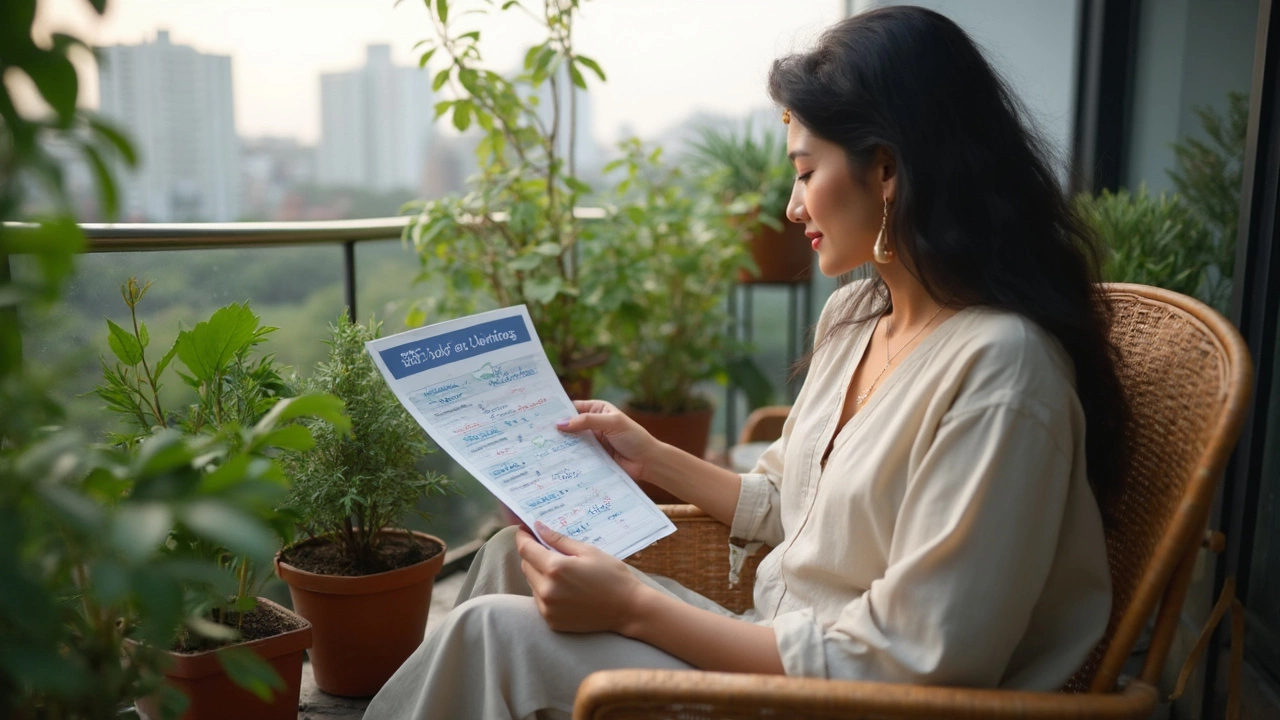
What to Skip: Drinks That Work Against You
Let’s talk about what to keep out of your glass if you want to keep your blood sugar in check. It’s not just about obvious sugary stuff; some drinks get marketed as healthy, but they can still mess up your numbers. Here’s what you want to avoid if your goal is to keep that blood sugar steady.
- Sugary sodas: Just one regular can packs around 39 grams of sugar. That’s like dumping 10 teaspoons of sugar into your bloodstream fast. Even one a day can increase your risk of type 2 diabetes—a Harvard study in 2019 linked daily sugar-sweetened beverages to a 26% higher risk.
- Fruit juices: Sounds healthy, right? But even 100% fruit juice spikes blood sugar much like soda. One cup of orange juice holds about 23 grams of sugar. Skip the juice and eat the whole fruit instead so you also get fiber, which slows down sugar spikes.
- Flavored coffee drinks: Not just your basic black coffee, we’re talking flavored lattes and frappes from coffee shops—loaded with syrups and whipped cream. Some large size drinks top out at 60 grams of sugar or more (yes, 15 teaspoons!).
- Sports and energy drinks: Marketed for hydration and energy, but most are sugar bombs. A bottle can have 30 grams or more, with some pushing nearly 50 grams. Unless you’re running marathons, skip these.
- Regular sweetened iced tea: Homemade might be less sugary, but pre-bottled teas almost always have added sugar. Some popular brands serve up 25-40 grams of sugar per bottle, rivaling sodas.
Here’s a quick comparison to see just how much sugar hides in these drinks (all values per standard serving):
| Drink | Sugar (grams) | Impact on Blood Sugar |
|---|---|---|
| Soda (12 oz) | 39 | Rapid spike |
| Orange Juice (8 oz) | 23 | Quick spike |
| Energy Drink (16 oz) | 54 | Major spike |
| Sweetened Iced Tea (16 oz) | 36 | Sharp spike |
| Flavored Latte (16 oz) | 32 | Steady spike |
Watch out for anything labeled “natural” or “healthy” if it’s got added sugars or syrups. If you see words like “fruit blend,” “refresher,” or “energy boost,” check the nutrition label twice. Stick to water, unsweetened teas, or black coffee for the safest bets. Your blood sugar (and your wallet) will thank you.
How These Drinks Work with Your Meds
Mixing drinks—even the ones that lower blood sugar—with diabetes meds is trickier than it seems. The most important thing to know: blood sugar levels can change both from what you drink and from what your medication does. Sometimes, the combo can work well. Other times, you end up with swings you didn’t see coming.
Take metformin, one of the most common diabetes meds. If you’re sipping unsweetened green tea or black coffee, there's little risk—the caffeine might help bring down blood sugar a little, just like metformin aims to. But chug a lot of vinegar water or use apple cider vinegar capsules? Now you might push your numbers lower than you expected, especially if your meal isn’t particularly heavy on carbs. Too low, and you can feel shaky or dizzy. That's hypoglycemia, and it’s no joke.
If you’re on sulfonylureas or insulin, drinks that lower blood sugar add another layer. Both these meds can cause low blood sugar anyway, and combining them with anything that gives your numbers an extra push down means you have to stay alert.
- If you take insulin or a sulfonylurea (like glibenclamide or glipizide), keep track. If you’re adding a new "blood-sugar-friendly" drink, check your levels more often at first.
- Stick with moderate amounts. No drink is a miracle cure or worth sending your numbers crashing.
- If you’re unsure, run it by your doctor or diabetes educator—especially if you regularly drink something more unusual like vinegar water.
Here’s a quick look at how common drinks interact with medications, so you can spot issues before they start:
| Drink | Medications Affected | What You Should Watch For |
|---|---|---|
| Water | All meds | Safe. Just helps kidneys flush out sugar. No conflict. |
| Unsweetened Green Tea | Metformin, Insulin, Sulfonylureas | Slight glucose drop; watch for lows if already well controlled. |
| Black Coffee (no sugar) | Most oral and injectable meds | Okay for most. May cause mild dips if you’re fasting or medicated. |
| Vinegar Water | Insulin, Sulfonylureas | Possible added glucose-lowering effect. Can lead to low blood sugar if combined with strong meds. |
| Sugar-Free Electrolyte Drinks | All meds | Safe for hydration, but double-check labels for hidden sugars. |
Bottom line: Drinks that lower blood sugar aren’t off-limits, but your meds change the game. Track your numbers, don’t go overboard, and talk to your health team if you start something new. It’s a small step that helps you dodge nasty surprises along the way.
Everyday Tips for Better Results
If you’re serious about keeping your blood sugar in check, your drink choices need to work for—not against—you every day. Here are some practical, easy things you can start doing right now.
- Make water your go-to. It clears extra sugar through your kidneys. Aim for at least 8 glasses a day, especially if your blood sugar is running high.
- Keep a reusable bottle handy. Having water, unsweetened tea, or black coffee in reach makes it a lot easier to skip sugar-loaded choices when you’re thirsty.
- Use lemon or cucumber slices. Adding these to your water can give you a little flavor without raising your numbers.
- Time your drinks around meals. Green tea or a splash of apple cider vinegar in water right before eating can help steady your glucose response after a meal, according to some studies.
- Watch caffeine and artificial sweeteners. Caffeine sometimes bumps up blood sugar for certain people, so test out coffee in small doses. Skip diet sodas—they don’t give you any real benefit and might mess with your cravings.
- Read the nutrition label. Drinks labeled "natural" or "light" can still be loaded with hidden sugars. Look for zero added sugars or carbs.
Want the quick snapshot? Here’s a simple comparison of common drinks and how they generally affect glucose levels, based on published research:
| Drink | Impact on Blood Sugar | Notes |
|---|---|---|
| Water | Lowers/Neutral | Flushes sugar out, always safe |
| Unsweetened Green Tea | Slight Lower | Some antioxidants, safe with meds |
| Black Coffee | Neutral/Varies | Caffeine might raise sugar for some |
| Apple Cider Vinegar (in water) | Lowers | Start small, not for everyone |
| Diet Soda | Neutral/Possible Risk | May increase cravings for sweets |
| Fruit Juice | Raises Fast | High sugar, avoid unless low on sugar |
Changing what you drink doesn’t have to be hard. Set reminders if you forget, prep flavored water in the morning, or swap just one drink a day. Over a few weeks, these small swaps add up—making it easier to manage your blood sugar and feel less stressed about it.

